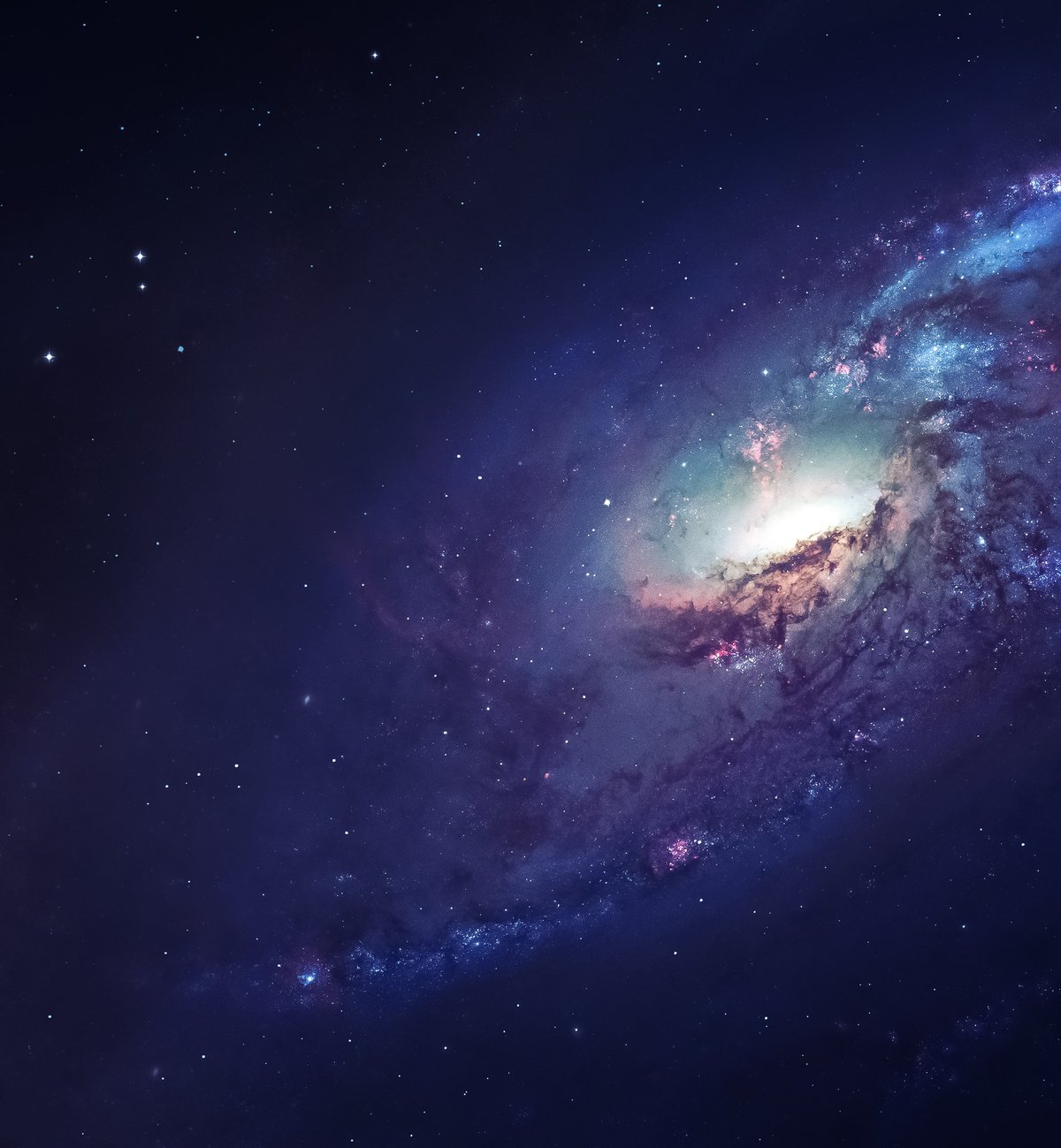TecMundo and #AstroMiniBR select the best astronomical curiosities produced by their collaborators weekly profile in x I would like to share with you a little more from the fantastic universe of astronomy. Check it out below!
#1: The “death” of a galaxy!
Like stars and living things, galaxies have a life cycle. An important part of this cycle is understanding how galaxies “die.” It is considered by astronomers to be the moment when the formation of new stars stops.
This phenomenon is closely linked to the amount of interstellar gas, which is the fuel required for the formation of stars. Over time, galaxies consume or lose this gas in various ways; for example, through star formation, ejection caused by stellar winds or supernovae, and even interactions with other galaxies.
As available gas decreases, star formation begins to slowly decline, and over time, existing stars consume the remaining gas. and the galaxy finally enters a state of tranquilityA place where little or no star formation occurs.
Detailed observations of “dead” galaxies reveal that they tend to be located in denser regions of the universe; This suggests that gravitational interactions between galaxies may play an important role in removing gas needed for star formation. Additionally, research shows that the activity of supermassive black holes at the centers of galaxies may also affect their ability to form stars.
Understanding the mechanisms that stop the star formation activities of galaxies is fundamental to reconstructing cosmic history and understanding how the universe has evolved from its beginnings to the present day.
#2: Have you ever heard of the Bakhtinov Mask?
The Bahtinov mask is a crucial tool for astronomers and astrophotographers, used to focus telescopes with extreme precision. Invented by Russian astrophotographer Pavel Bahtinov in 2005, this mask consists of an optical device consisting of angled slits arranged in a specific pattern.
When a telescope is placed in front of its target, Bahtinov mask interacts with starlight, creating a distinctive ‘X’ shaped diffraction pattern. The observer then adjusts the focus until the three lines of the ‘X’ become completely symmetrical, indicating that the telescope is perfectly focused. This is especially valuable in astrophotography, where the sharpness of images depends on precise focusing.
The Bahtinov mask ensures perfect focus, helping astronomers capture sharp, detailed images of the night sky, allowing for more accurate examination of stars, galaxies, nebulae and other celestial objects.
Its ease of use and effectiveness have made it an indispensable tool for amateur and professional astronomy enthusiasts.
#3: Beautiful nebula NGC 1333!
Located in the constellation Perseus, The NGC 1333 Nebula is a fascinating stellar nursery located approximately 1,000 light-years from Earth.. This dark nebula, consisting mainly of gas and cosmic dust, is a suitable environment for the formation of new stars.
Its distinctive beauty comes from young, massive stars emerging from its interior and illuminating the dense clouds of gas around it. NGC 1333 is a cosmic laboratory where star formation is in full force. allows astronomers to study the birth and evolution of stars in detail.
Moreover, the nebula is notable for the presence of jets and streams of matter expelled by newly formed stars, highlighting the dynamics and complexity of this cosmic phenomenon.
Did you like the content? Always stay up to date with the latest astronomy curiosities at TecMundo. Until later!
Source: Tec Mundo
I’m Blaine Morgan, an experienced journalist and writer with over 8 years of experience in the tech industry. My expertise lies in writing about technology news and trends, covering everything from cutting-edge gadgets to emerging software developments. I’ve written for several leading publications including Gadget Onus where I am an author.













